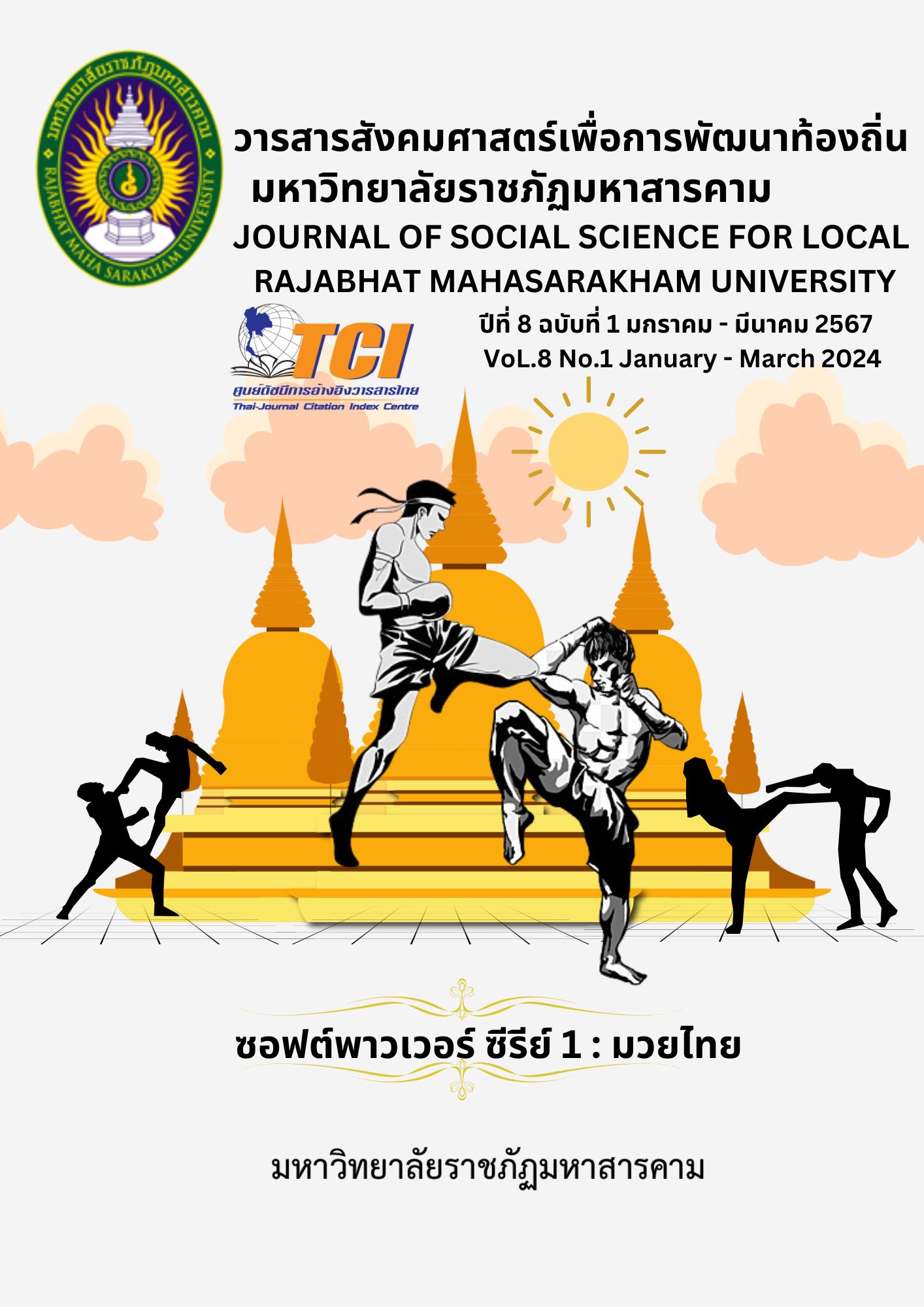Guidelines for Promoting Low-Stack Straw Mushroom Cultivation with Cassava Pulp: A case study of Ban Suk Samran Straw Mushroom Group Community Enterprise Tha Kasem Sub-District Mueang Sa Kaeo District Sa Kaeo Province.
Keywords:
Promotion, Straw Mushroom, Cassava PulpAbstract
This research consists purposes were 1. to study ways to promote the cultivation of straw mushrooms with cassava pulp 2. to study methods for cultivating straw mushrooms in low mounds with cassava pulp and 3. to study the problem of straw mushroom cultivation in low mounds with cassava residue. is qualitative research. There are research tools including interviews and observational forms. The research sample is villagers in the Ban Suksamran community area, Tha Kasem Subdistrict, Mueang Sa Kaeo District. Sa Kaeo Province, 15 people, all from purposive selection Then use the information gathered from the interview form. Observation recording form and various related documents content analysis. The research results found that 1) Guidelines for producing straw mushrooms The area should be close to the cassava processing factory because transportation requires large vehicles to transport and must be ordered in large quantities at a time in order to be cost-effective in production 2) How to grow short piles of straw mushrooms with cassava pulp. Cassava There is a meticulous process and it requires manpower to produce. It also requires the expertise of the manufacturer. Group members said that growing short piles of straw mushrooms using cassava waste requires the use of various materials, such as bamboo sharpened to a certain size to make a dome to cover the mushrooms and 3) Problems of growing short piles of straw mushrooms with cassava waste. It was found that most of the enemies of the mushrooms are fungi. but growing straw mushrooms requires a lot of moisture and is therefore difficult to avoid. This causes the mushrooms to grow poorly, resulting in problems with small mushrooms and light mushrooms, making it easy for middlemen to undercut the price. The problem with mushrooms is also the issue of insects and ants that eat the mushrooms, making the mushrooms unattractive. Villagers need knowledge on using biological agents to eliminate mushroom pests and are interested in learning such as using Trichoderma bacteria to eliminate fungus in mushrooms. Instead of using drugs or chemicals that are harmful to consumers and the environment


